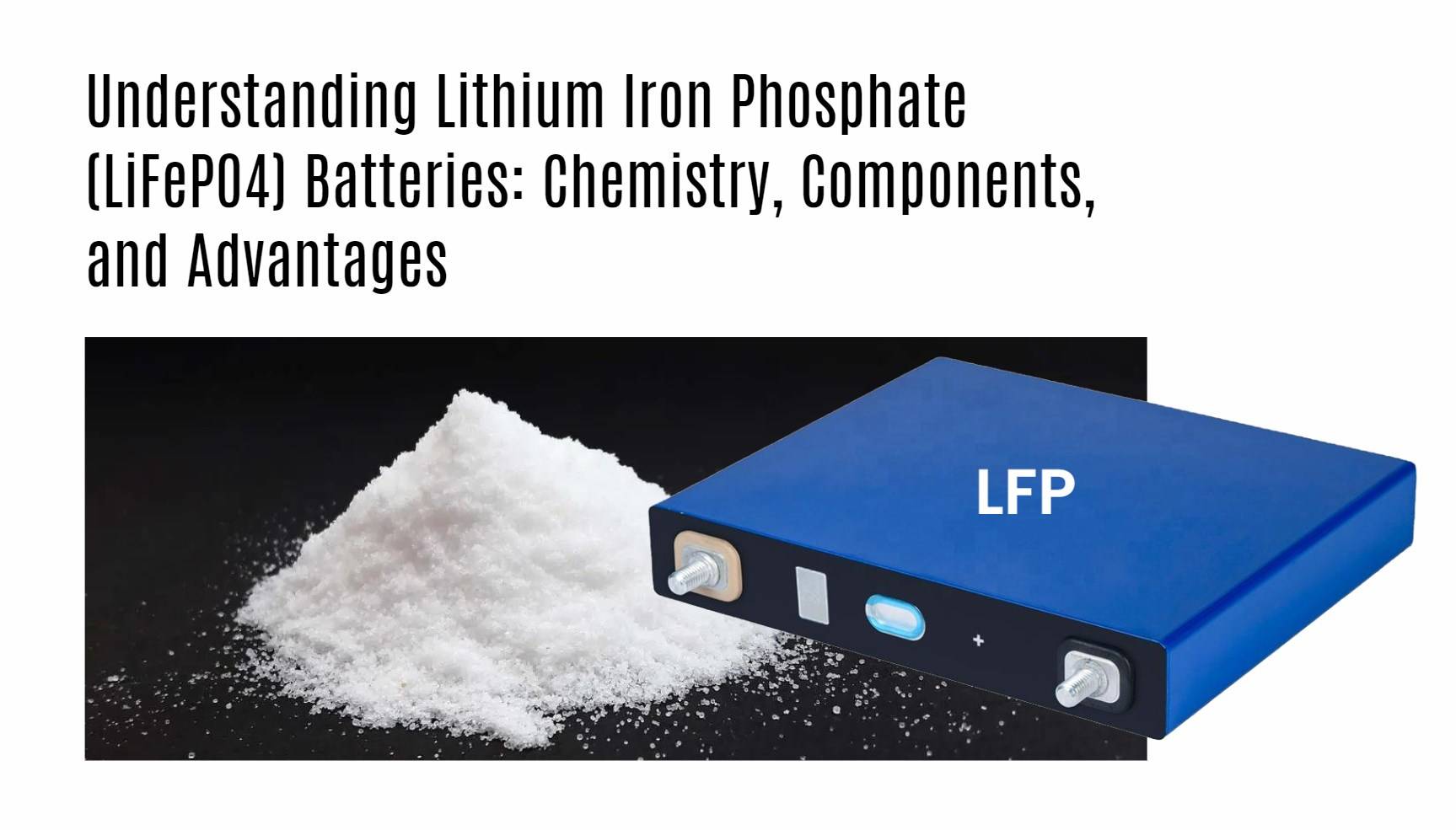Table of Contents
ToggleWhat Is Lithium Iron Phosphate (LiFePO4) and How Does It Work?
Lithium iron phosphate (LiFePO4) is a lithium-ion battery chemistry that utilizes iron phosphate as a cathode material. This composition provides excellent thermal stability and safety compared to other lithium-ion technologies, making it less prone to overheating or combustion.Chart Title: Composition Overview
| Component | Function |
|---|---|
| Cathode Material | Provides structural integrity |
| Anode Material | Facilitates lithium ion movement |
| Electrolyte | Conducts ions between electrodes |
How Does the Chemistry of LiFePO4 Batteries Function?
The electrochemical process in a LiFePO4 battery involves lithium ions moving from the anode to the cathode during discharge and back during charging. The stable structure of iron phosphate allows for efficient ion transfer while minimizing degradation.
What Are the Key Components of a LiFePO4 Battery?
Key components include:
- Cathode: Made from lithium iron phosphate.
- Anode: Typically composed of graphite.
- Electrolyte: A lithium salt solution that facilitates ion movement.
- Separator: Prevents short circuits while allowing ion flow.
Why Are LiFePO4 Batteries Preferred for Certain Applications?
LiFePO4 batteries are preferred due to their long cycle life, safety features, and ability to operate effectively in extreme temperatures. These attributes make them suitable for applications such as electric vehicles, where reliability is paramount.
How Do LiFePO4 Batteries Compare to Other Lithium-Ion Batteries?
Compared to other lithium-ion chemistries like lithium cobalt oxide or nickel manganese cobalt (NMC), LiFePO4 offers lower energy density but superior safety and thermal stability, making it more suitable for high-drain applications.
What Are the Safety Benefits of Using LiFePO4 Technology?
The safety benefits include:
- Thermal Stability: Reduced risk of overheating.
- Chemical Stability: Lower likelihood of combustion.
- Durability: Enhanced resistance to physical damage.
Where Are LiFePO4 Batteries Commonly Used?
Common applications include:
- Electric vehicles (EVs)
- Renewable energy storage systems
- Power tools and portable electronics
What Innovations Are Improving LiFePO4 Battery Production?
Recent innovations focus on enhancing manufacturing processes through automation, improving material purity, and developing advanced recycling techniques that reduce environmental impact while maintaining high performance standards.
Expert Views
“LiFePO4 technology stands out due to its unique combination of safety and longevity; understanding its chemistry allows us to harness these advantages effectively,” states an expert in battery technology.
FAQ Section
- What is the average lifespan of a LiFePO4 battery?
Typically between 2000 to 5000 charge cycles depending on usage conditions. - Can you mix different types of lithium batteries?
It is generally not recommended due to differing voltage levels and chemistries that can lead to safety issues. - What charging requirements do LiFePO4 batteries have?
They require chargers specifically designed for their chemistry to ensure safe operation.




